St. Joseph of Arimathea
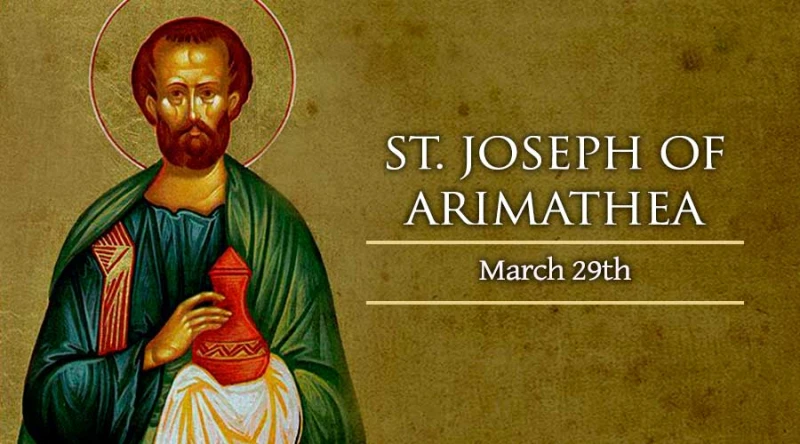
St. Joseph of Arimathea
Feast date: Mar 29
St. Joseph of Arimathea is a disciple of Jesus Christ who is mentioned in each account of the Passion narrative. After the Passion of the Lord, Joseph, a member of the Jewish council went to Pilate and asked for possession of the body of Jesus. After receiving this permission, Joseph had Jesus laid in a nearby tomb.
The Gospels tell us that Joseph was a just and devout man waiting for the kingdom of God. He followed Jesus’ public ministry but feared the repercussions from the other members of the Jewish council.
St. Sixtus III, Pope
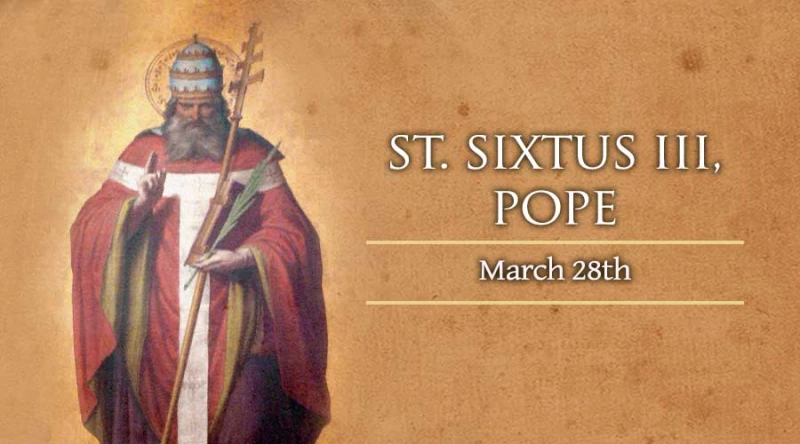
St. Sixtus III, Pope
Feast date: Mar 28
Not much is known about the history and youth of St. Sixtus, but we do know that he was born in Rome, Italy and ascended to the papacy in 432.
As the 44th Pope, he approved the results of the Council of Ephesus and actively protested against the heresies of Nestorianism and Pelagianism. He restored many Roman basilicas and corresponded frequently with St. Augustine of Hippo.
He died on August 18 in the year 440 of natural causes.
St. Rupert
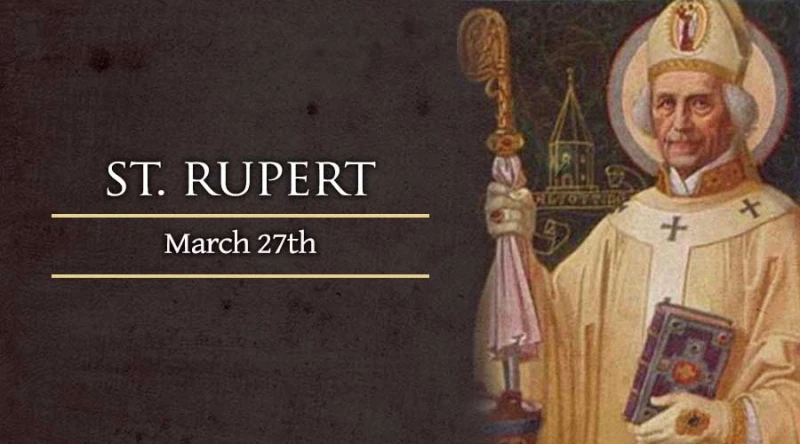
St. Rupert
Feast date: Mar 27
On March 27 the Catholic Church remembers the monk and bishop Saint Rupert, whose missionary labors built up the Church in two of its historic strongholds, Austria and Bavaria.
During his lifetime, the “Apostle of Bavaria and Austria” was an energetic founder of churches and monasteries, and a remarkably successful evangelist of the regions – which include the homeland of the Bavarian native Pope Benedict XVI.
Little is known about Rupert’s early life, which is thought to have begun around 660 in the territory of Gaul in modern-day France. There is some indication that he came from the Merovignian royal line, though he embraced a life of prayer, fasting, asceticism and charity toward the poor.
This course of life led to his consecration as the Bishop of Worms in present-day Germany. Although Rupert was known as a wise and devout bishop, he eventually met with rejection from the largely pagan population, who beat him savagely and forced him to leave the city.
After this painful rejection, Rupert made a pilgrimage to Rome. Two years after his expulsion from Worms, his prayers were answered by means of a message from Duke Theodo of Bavaria, who knew of his reputation as a holy man and a sound teacher of the faith.
Bavaria, in Rupert’s day, was neither fully pagan nor solidly Catholic. Although missionaries had evangelized the region in the past, the local religion tended to mix portions of the Christian faith – often misunderstood along heretical lines – with native pagan beliefs and practices.
The Bavarian duke sought Rupert’s help to restore, correct, and spread the faith in his land. After sending messengers to report back to him on conditions in Bavaria, Rupert agreed. The bishop who had been brutally exiled from Worms was received with honor in the Bavarian city of Regensburg.
With the help of a group of priests he brought with him, Rupert undertook an extensive mission in Bavaria and parts of modern-day Austria. His missionary journeys resulted in many conversions, accompanied by numerous miracles including the healing of diseases.
In Salzburg, Rupert and his companions built a great church, which they placed under the patronage of St. Peter, and a monastery observing the Rule of St. Benedict. Rupert’s niece became the abbess of a Benedictine convent established nearby.
Rupert served as both the bishop of Salzburg and the abbot of the Benedictine monastery he established there. This traditional pairing of the two roles, also found in the Irish Church after its development of monasticism, was passed on by St. Rupert’s successors until the late 10th century.
St. Rupert died on March 27, Easter Sunday of the year 718, after preaching and celebrating Mass.
After the saint’s death, churches and monasteries began to be named after him – including Salzburg’s modern-day Cathedral of St. Rupert (also known as the “Salzburg Cathedral”), and the Church of St. Rupert which is believed to be the oldest surviving church structure in Vienna.
St. Margaret of Clitherow
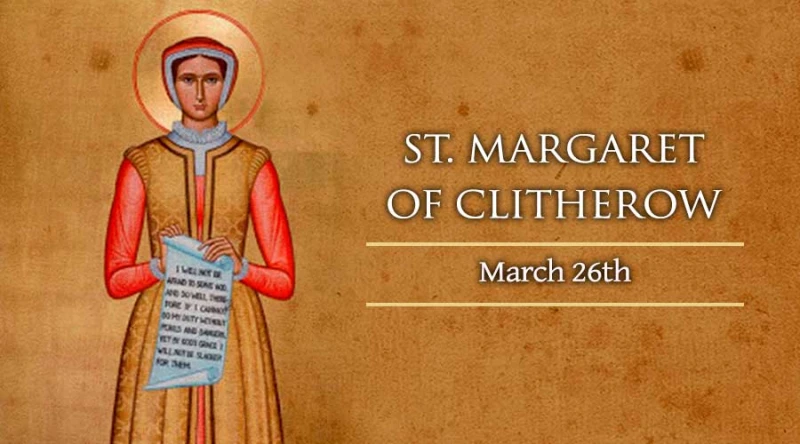
St. Margaret of Clitherow
Feast date: Mar 26
St. Margaret Clitherow was born in Middleton, England around the year 1555 to a protestant family. Margaret was known throughout the town for her wit and good looks, and in 1571 she married John Clitherow, and together they bore two children.
Several years after her marriage to John, Margaret was introduced to the Catholic faith, and converted. She was a zealous defender of Catholicism and hid fugitive priests in her home. Eventually, Margaret was turned in to the sheriff and tried for the crime of harboring Catholic priests.
While Margaret was on trial, many efforts were made to encourage her to deny the Catholic faith, but she held firmly. Finally, Margaret was condemned to be pressed to death upon sharp rocks. She was executed on March 25, 1586.
Pope Paul VI canonized Margaret in 1970.
Solemnity of the Annunciation of the Lord
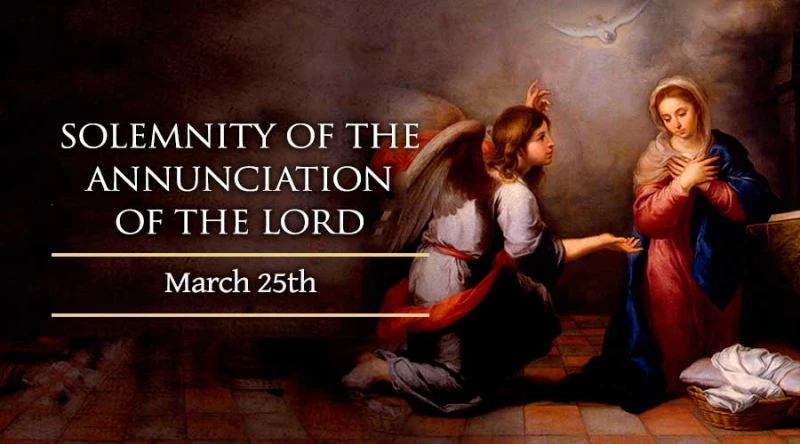
Solemnity of the Annunciation of the Lord
Feast date: Mar 25
The Solemnity of the Annunciation celebrates the coming of the Angel Gabriel to the Virgin Mary to announce to her the special mission God had chosen for her in being the mother of His only son.
We are continually reminded of the importance of this feast to our salvation in various devotional prayers. Two examples that highlight the importance of this feast are the joyous mysteries of the Rosary and the Angelus.
The feast of the Annunciation began to be celebrated on this day during the fourth and fifth centuries, soon after the date for celebrating Christmas was universalized throughout the Church. This feast celebrates the Incarnation of the Second Person of the Trinity and the salvation of all mankind. This point of our salvation was deeply discussed by many of the Church fathers, to explain it to the faithful and to show the deep love God has for us. Some of the Church fathers who wrote on this were St. Athanasius, St. Gregory of Nyssa and St. Augustine.
St. Catherine of Sweden
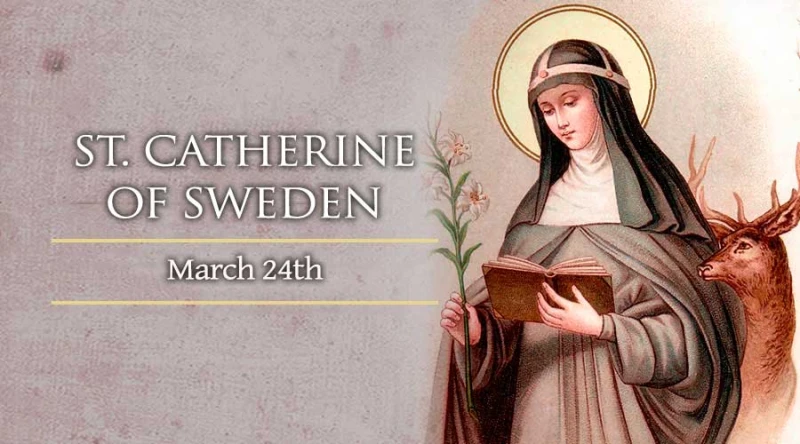
St. Catherine of Sweden
Feast date: Mar 24
St. Catherine was born near the beginning of the fourteenth century to parents Ulfo and St. Bridget of Sweden. At the age of seven, Catherine was sent to the Abbey at Risburgh by her parents and placed under the care of the abbess to receive an education and to build a foundation for her spiritual life.
At the age of 13, Catherine was taken from the abbey and given in marriage to Egard, a German nobleman. Upon meeting Egard, Catherine persuaded him to make a mutual vow of perpetual chastity with her. Catherine and Egard dedicated themselves to the service of God and encouraged each other in works of mortification, prayer and charity.
Around the year 1349, after the death of her father, Catherine accompanied her mother on a pilgrimage to Rome to visit the relics of the Roman Martyrs. The two spent several years living in Rome. In 1373 St. Bridget died and Catherine returned to Sweden with her mother’s body. Two years later, Catherine returned to Rome to promote the cause for her mother’s canonization and to gain approval for a Rule she had written for a group of religious women.
After gaining approval for her rule, Catherine returned to Sweden and became abbess of Vadzstena. Catherine served as abbess of Vadzstena until her death in 1381. During the final 25 years of her life, Catherine was known for her austere lifestyle and her practice of making daily use of the Sacrament of Confession.
St. Catherine was canonized in 1484 by Pope Pius II.
St. Turibius de Mogrovejo
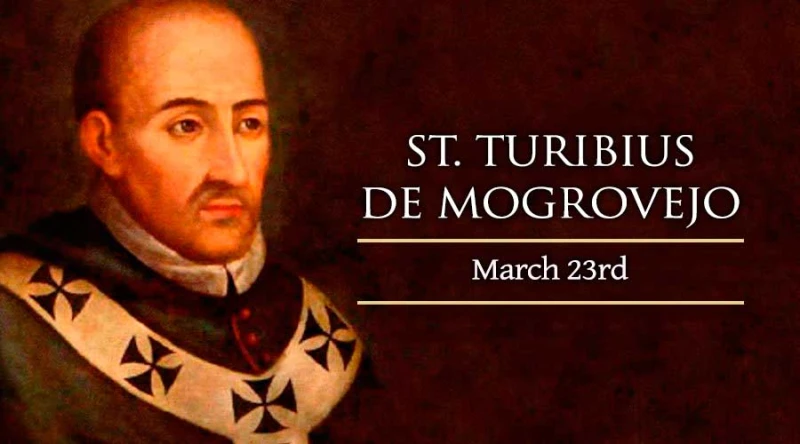
St. Turibius de Mogrovejo
Feast date: Mar 23
Catholics in Latin America and throughout the world will celebrate the life and ministry of St. Turibius of Mogrovejo on March 23. The 16th century bishop upheld the rights of Peru’s indigenous peoples, and became one of the first canonized saints of the Americas.
Turibius was born in Spain during 1538, to a noble family in the kingdom of Leon. He frequently prayed, fasted, and gave to the poor even as a child, and eventually developed the daily habit of praying the Rosary along with the Little Office of the Blessed Virgin Mary.
He went on to study law at the University of Salamanca, and eventually served as a judge for five years in the territory of Granada. His judicial wisdom and diligence drew the attention of King Philip II, who wanted Turibius – who was still a layman – to be consecrated as a missionary archbishop for the Spanish colony of Peru.
Turibius became greatly dismayed, protesting to the king and Church authorities that he was not even a priest and could not possibly accept the charge. In a series of letters, he pled that he was not personally capable of serving as the Archbishop of Lima – nor, he reminded them, did canon law permit a layman to become an archbishop.
Eventually, however, he had little choice but to comply. He was consecrated as a bishop in 1581, at the age of 43, and immediately left for Lima, Peru.
The new archbishop undertook to travel throughout the rugged and mountainous diocese, where he observed many of the worst effects of colonialism – both upon the enslaved and oppressed natives, and on many of the colonists who seemed to have lost their souls in the pursuit of wealth.
He responded with constant prayer and penance, as he traveled throughout his territory administering the sacraments, teaching the Catholic faith, and establishing schools, seminaries and hospitals.
To the indigenous Peruvians, the archbishop was a herald of the Gospel who held their lives as more precious than their country’s supplies of gold and silver. But to the many colonists whose behavior showed no sign of their Catholic origins, he was a prophetic scourge – whose efforts to awaken the public conscience earned him rebukes and opposition.
Turibius ultimately managed to make three visitations of his diocese, under rugged and dangerous conditions, which occupied about half of his 25 years as Archbishop of Lima. He united the Peruvian Church at an administrative level by holding several local councils of its clergy, but was also known to spend days traveling to reach a single individual with the message of Christ.
The archbishop became seriously ill in 1606. He sensed that his death was imminent, and decreed that his possessions should be distributed to the poor. St. Turibius died on March 23, and his body was found to be incorrupt the next year. He was declared a saint in 1726, and is now regarded as the patron of native peoples’ rights and Latin American bishops.
